Stroke: Heart Rate Measurement Can Save Lives
Christiane Fux studied journalism and psychology in Hamburg. The experienced medical editor has been writing magazine articles, news and factual texts on all conceivable health topics since 2001. In addition to her work for, Christiane Fux is also active in prose. Her first crime novel was published in 2012, and she also writes, designs and publishes her own crime plays.
More posts by Christiane Fux All content is checked by medical journalists.Atrial fibrillation causes stroke in 30,000 people each year. But only half of those affected feel that their heartbeat is irregular. Anyone who measures their pulse can find out for themselves whether they are at risk - and reduce their risk of stroke through early preventive measures.
1.8 million people in this country suffer from atrial fibrillation. It manifests itself in the form of inner restlessness, exhaustion, palpitations, rapid heartbeat, shortness of breath, chest pain and dizziness - or it does not cause any noticeable symptoms.
Diabetics are particularly at risk
If you want to be on the safe side, you should check your pulse rate regularly - that's what experts from the German Heart Foundation recommend. This is especially true for people who are at increased risk of atrial fibrillation. These include, for example, diabetics, whose risk of cardiac arrhythmias is increased by a third. Regular checkups are also important for people with high blood pressure and people over 65.
Measure your pulse yourself
Before taking the measurement, sit relaxed for five minutes, because the resting heart rate is to be measured. Then use your index and middle fingers to find the forearm artery on the inside of your wrist.
Count the pulse for 30 seconds and double the result. You can detect irregularities in the heartbeat. Even if the pulse reaches more than 100 beats per minute at rest, this can be a warning signal for the dangerous cardiac arrhythmia.
The German Heart Foundation provides a card in credit card format with instructions for measuring yourself free of charge: www.herzstiftung.de/puls-messen.
Blood clots in the heart
With atrial fibrillation, the heart's pumping function is disturbed. The blood is no longer completely pressed out of the atria into the heart chambers and accumulates. It can clump together and form blood clots. If such a clot travels with the bloodstream to the brain, the affected person can suffer a stroke.
Prevent a stroke in advance
Once atrial fibrillation is identified, there are a number of things that can be done to prevent a stroke beforehand. These include, for example, blood thinners that prevent the swirled blood from clumping in the heart.
Source: Press release of the German Heart Foundation, November 14, 2016
Tags: sex partnership magazine Menstruation






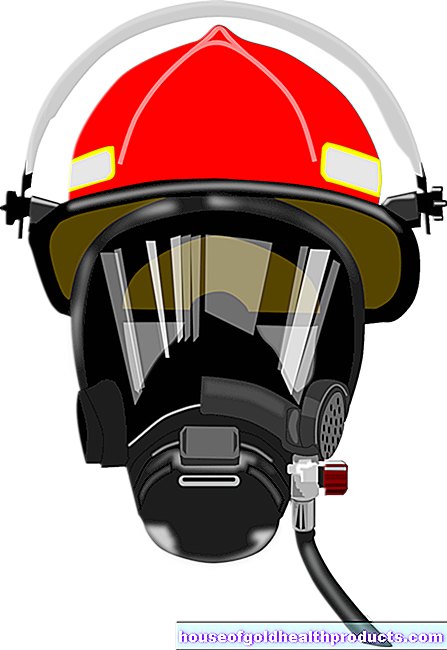













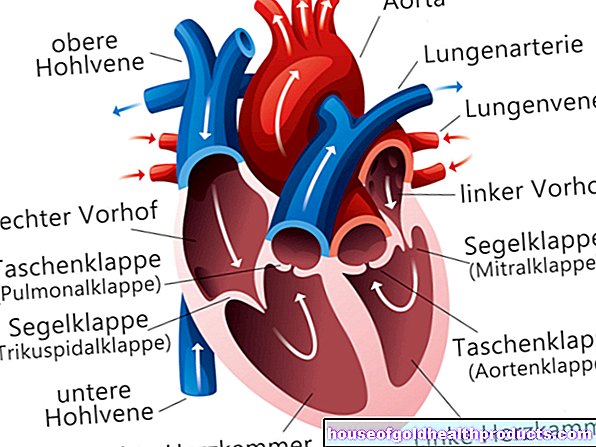





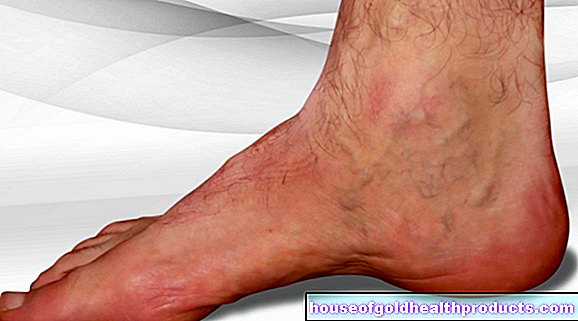
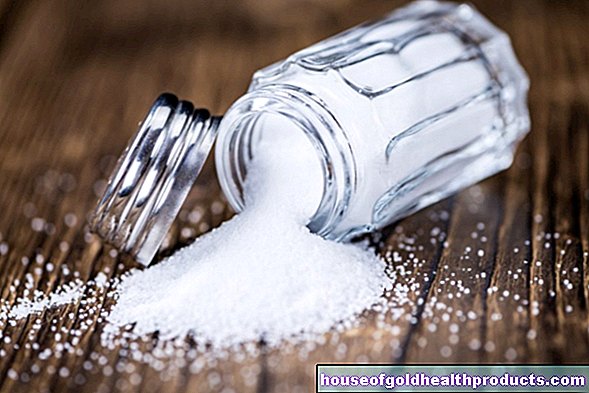
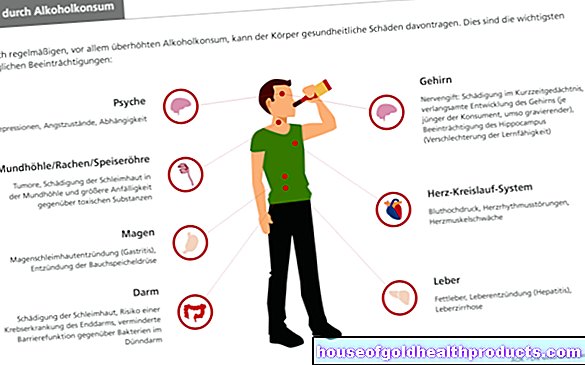
.jpg)